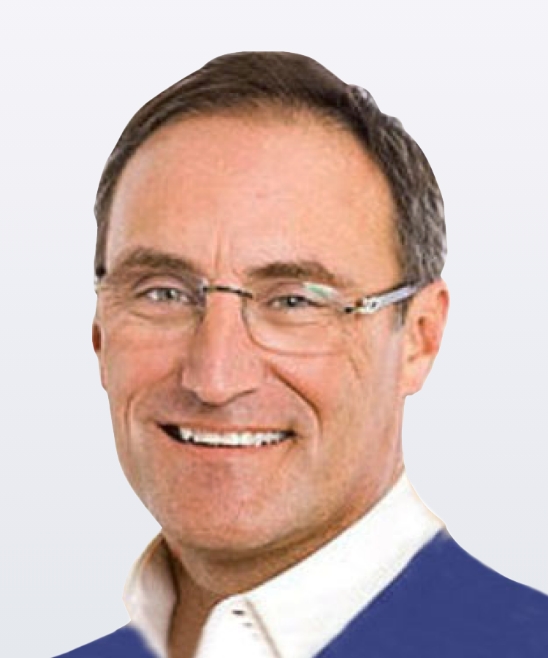Gulf Coast Medical Center Dermatology & Aesthetics
11522 US Highway 19, Building B
Port Richey, FL 34668
Phone: (727) 318-5515
Mohs Surgery for Skin Cancer
Skin cancer is the most common type of cancer diagnosed in the U.S., but knowing that does little to ease the anxiety you feel when learning you have skin cancer. You can take comfort in knowing that 99% of cases can be cured when detected and treated early. Mohs micrographic surgery, performed at our Port Richey location by fellowship-trained dermatologist Dr. Kenneth A. Wallace, is the most effective treatment for most types of skin cancer.
What Is Mohs Surgery?
Mohs surgery is considered the optimal treatment for basal cell carcinoma and squamous cell carcinoma—the 2 most common types of skin cancer—and other, less common skin tumors. The specialized technique has the highest cure rate and spares healthy tissue surrounding the tumors. This makes it ideal for functionally sensitive areas or visible locations where excellent cosmetic results also matter.
Mohs surgery—named after an American surgeon named Frederic Mohs—is a 2-step process that involves removing the thinnest possible layer of cancerous tissue and then examining it under a microscope. The tissue is color-coded to map precisely where it was removed. This precision mapping enables the dermatologist to pinpoint where cancerous tissue remains, if any. We repeat this process until the edges, or margins, of the last sample are free of cancerous cells.
What Are the Benefits of Mohs Surgery?
Mohs surgery includes unique benefits that traditional skin cancer surgery doesn’t offer. During a traditional skin cancer excision (removal) procedure, the doctor cuts the tumor out along with surrounding healthy tissue and then sutures the incision. The technique results in a scar about the size of the incision.
In addition to having a higher cure rate, Mohs surgery has several other benefits. It:
- Removes all malignant cells, including cells rooted deeper in the skin that traditional surgery may miss
- Has the lowest recurrence rate
- Spares much more healthy tissue than traditional excision techniques
- Results in minimal scarring
- Provides more immediate results as an outpatient procedure that doesn’t require waiting for samples to be sent to a lab
- Requires only local anesthesia
The Mohs procedure may take several hours as Dr. Wallace meticulously examines and maps the removed tissue. The specific amount of time required depends on how many times he needs to remove and examine additional tissue.
Who Is a Good Candidate for Mohs Surgery?
We recommend Mohs surgery to treat high-risk, non-melanoma skin cancers. High-risk cancers include those diagnosed on the nose, eyelids, lips, ears, hands, and feet. Tumors occurring on other areas of the face, scalp, neck, or shins are considered to pose an intermediate risk.
Mohs surgery is also the best option for these skin cancers that:
- Are large in normally low-risk areas
- Have difficult-to-see borders
- Recurred after initial treatment
- Could not initially be completely removed
- Are located on, or adjacent to, scar tissue
Even though Mohs surgery has the highest cure rate and produces excellent cosmetic results, it’s not recommended for all skin cancer patients. Mohs surgery is rarely used to treat melanoma, a more serious type of cancer that makes up about 5% of all diagnosed skin cancers. Additionally, your health insurance may not cover Mohs surgery based on its guidelines.
Dr. Wallace and our dermatology providers at Gulf Coast Medical Center Dermatology & Aesthetics discuss treatment options with patients diagnosed with skin cancer. We always recommend the approach we believe best suits your needs.
What Types of Skin Cancer Does Mohs Surgery Treat?
By far, the most common types of skin cancer treated with Mohs surgery are basal cell carcinoma (BCC) and squamous cell carcinoma (SCC). More than 5.3 million cases of BCC and SCC are diagnosed in the U.S. each year. Sun exposure and tanning beds are responsible for most of these tumors, and more than 80% occur on the scalp, face, and neck, where they’re most noticeable.
Basal Cell Carcinoma
This slow-growing cancer is the most common of all cancers. It is almost always curable and causes minimal damage when caught early. They may appear as open sores, red patches, pink growths, shiny bumps, scars, or growths with slightly elevated, rolled edges and/or a central indentation. In patients with darker skin, they are often brown. They may ooze or be crusty.
Squamous Cell Carcinoma
Squamous cells are located near the skin’s surface and can become cancerous from prolonged exposure to the sun, especially if you’re fair-skinned. SCCs can appear as scaly red patches, open sores, rough, thickened, or wart-like skin, or raised growths with a central depression. They usually occur in areas exposed to the sun but can also occur in other areas of the body, including the genitals.
Even though people often think skin cancer occurs only in older people, it can develop at any age. Along the Gulf Coast region, where people spend much of their time outside, more men and women under 40 are diagnosed with BCC or SCC. It’s important to protect your skin from the sun as much as possible and apply broad-spectrum sunscreen daily.
Choose Our Specialists for Your Skin Cancer Treatments
If you’re looking for a dermatologist and Mohs micrographic surgery specialist, men and women travel from Wesley Chapel, West Tampa, Brookville, and throughout Central West Florida to see Dr. Wallace. Along with our dermatology team at Gulf Coast Medical Center Dermatology & Aesthetics, Dr. Wallace can tailor a treatment plan for your needs. Request a consultation at one of our locations using the online form or call us at (727) 318-5515 to schedule an appointment.
